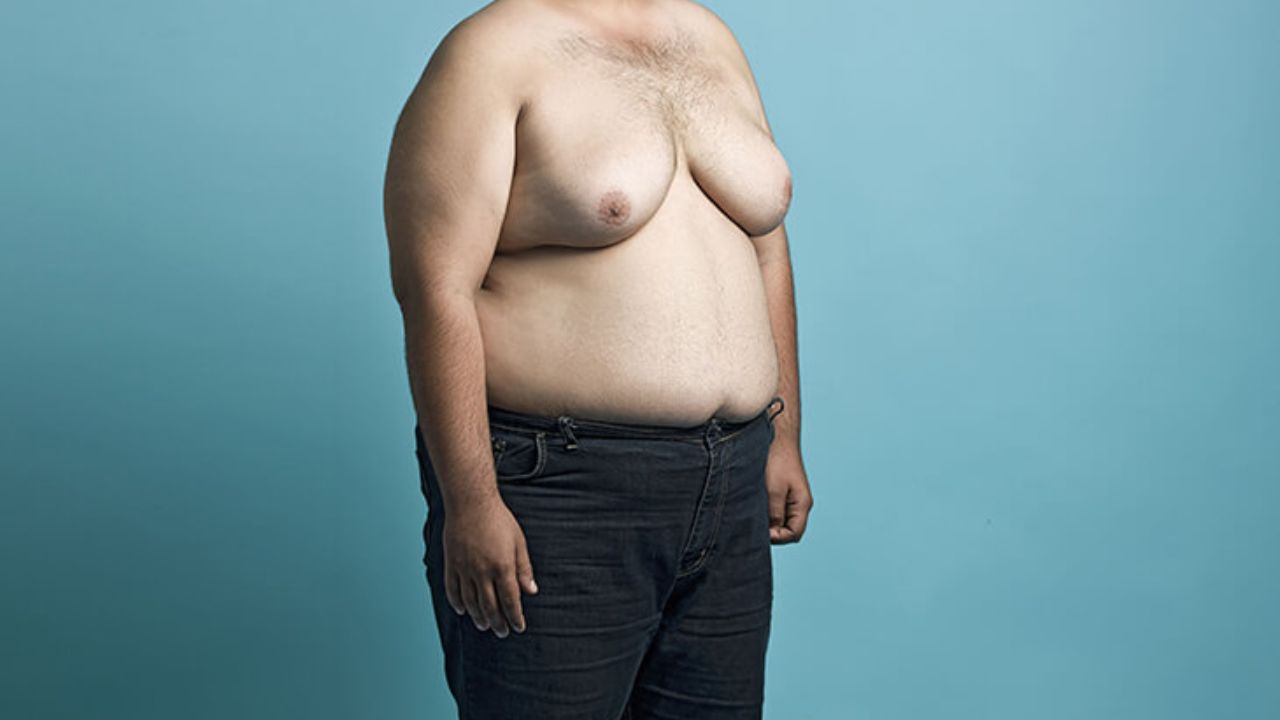CHANDIGARH
Gynaecomastia is a hormonal imbalance that causes men’s breasts to grow larger than they should. This problem arises for a variety of causes. Men and boys, on the other hand, put off seeking professional care because of the cultural stigma linked to such disorders.
Gynaecomastia is a natural condition that affects male bodies at three stages: infancy, adolescence, and elderly age. It is generally caused by a hormonal imbalance that causes breast tissue growth. Multiple causes can contribute to the imbalance of masculine and feminine hormones. Thyroid diseases, testicular insufficiency, chronic liver or kidney illness, and some tumors, such as liver, lung, prostate, or testicular tumours, can all lead to hormonal imbalance. Obesity is also a significant contributing factor. Illicit drug addiction, such as marijuana, alcohol, anabolic steroids, or a particular class of drugs that are ingested for an extended period of time without the supervision of a treating physician, might be pharmacological or chemical reasons. Certain cancer treatments, such as chemotherapeutic drugs, might cause hormonal imbalance, which can lead to Gynecomastia.
Enlargement of the breast tissue is one of the symptoms of Gynaecomastia. People often experience discomfort, soreness, or heightened sensitivity in addition to the noticeable enlargement. Gynecomastia is classified into three classes based on the size of the gland as measured clinically, as well as any concomitant skin excess or drooping.
Treatment: Physiological Gynaecomastia is a self-resolving condition that occurs naturally between childhood and adolescence. Plastic surgeons frequently face persistent pubertal gynecomastia, the most prevalent type of the disorder. In some circumstances, liposuction is combined with surgical excision of the gland.

 हिंदी
हिंदी





